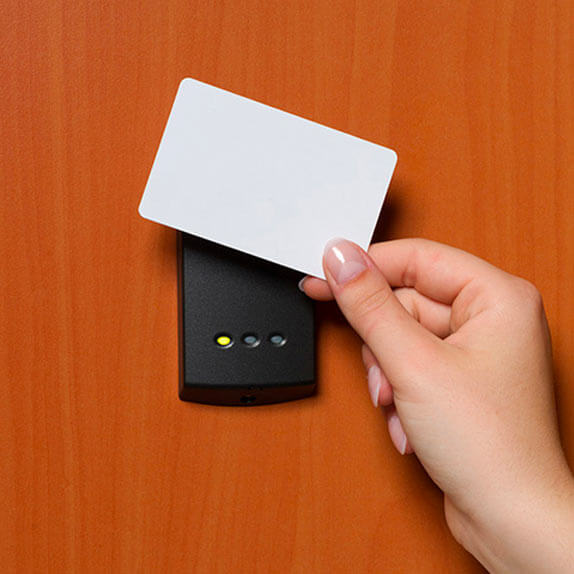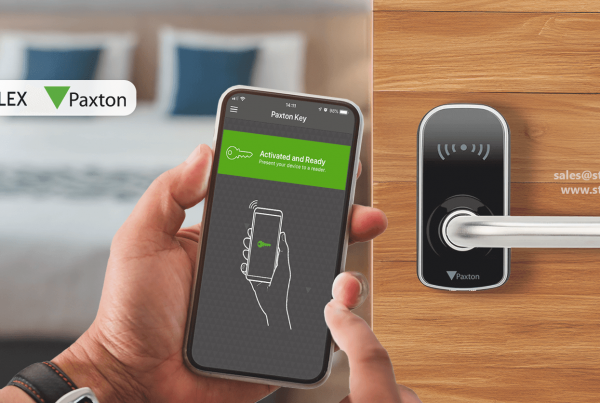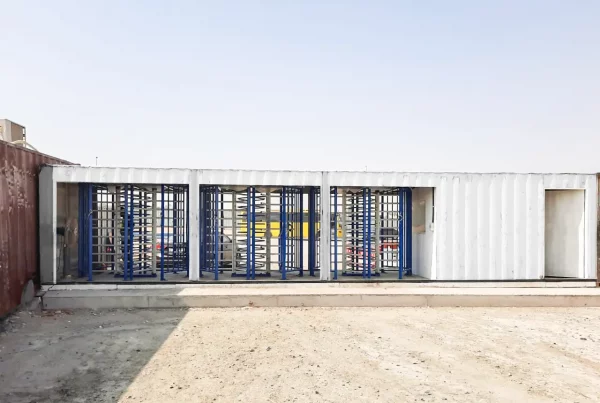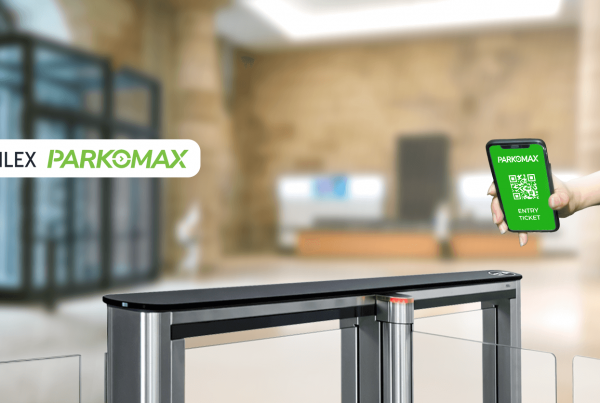Proximity and smart cards are popular contactless solutions designed for meeting the security and privacy needs of a wide range of industries today.
In this beginner-friendly guide, we will help you understand the key differences between proximity and smart cards and which one is a better buy for you. Scroll down further to know more!
Let’s Start with Basics
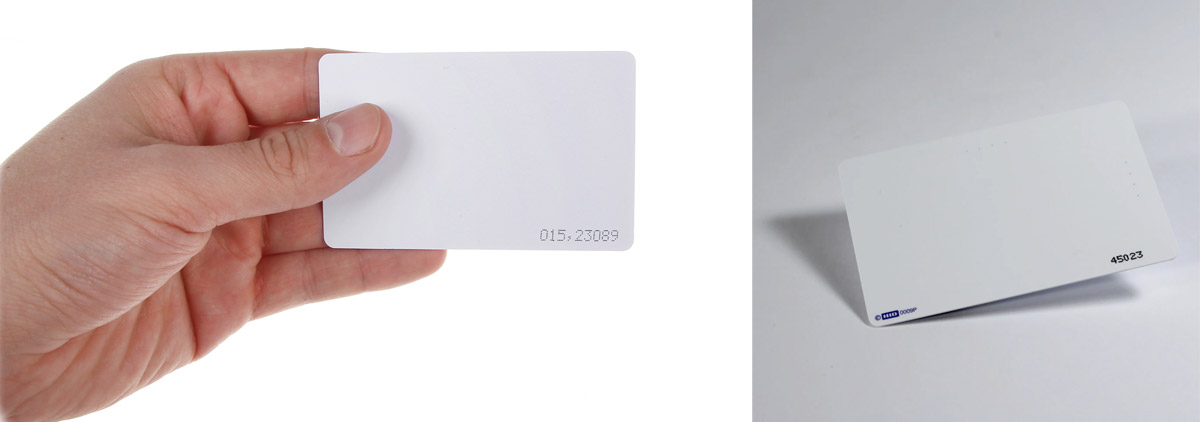
What is a Proximity Card?
A proximity card is primarily a small, contactless card made from durable PVC plastic. People use this card to gain access to the desired premises and facilities. Also known as a prox card, it embeds a metallic antenna coil where the data of the cardholder is stored.
Unlike a verification card, a prox card doesn’t need a swipe or insertion in the card reader to authenticate and attain access. Instead, you just need to place the card on the reading panel to get the job done.
How Does it Work?
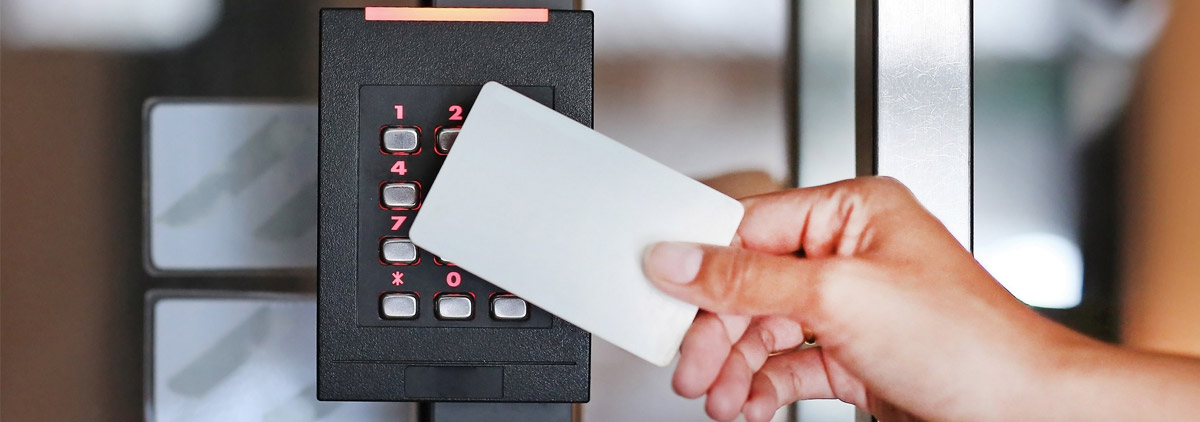
A proximity card is a cost-effective and reliable solution to control who has access to your building premises. It works on the principle of radio frequency, first proposed by Heinrich Hertz in the late 1880s.
The microchip (coil in outdated cards) embedded on the prox card stores a number pattern. When you place the prox card in the access control panel, this number (or let’s say data) is transferred to the card reader with the help of low-range 125kHz radio frequencies.
After receiving the number, the card reader’s access control system verifies if the number pattern matches the one assigned in the database. If it does, you get access and the door opens for you and vice-versa.
What is a Smart Card?
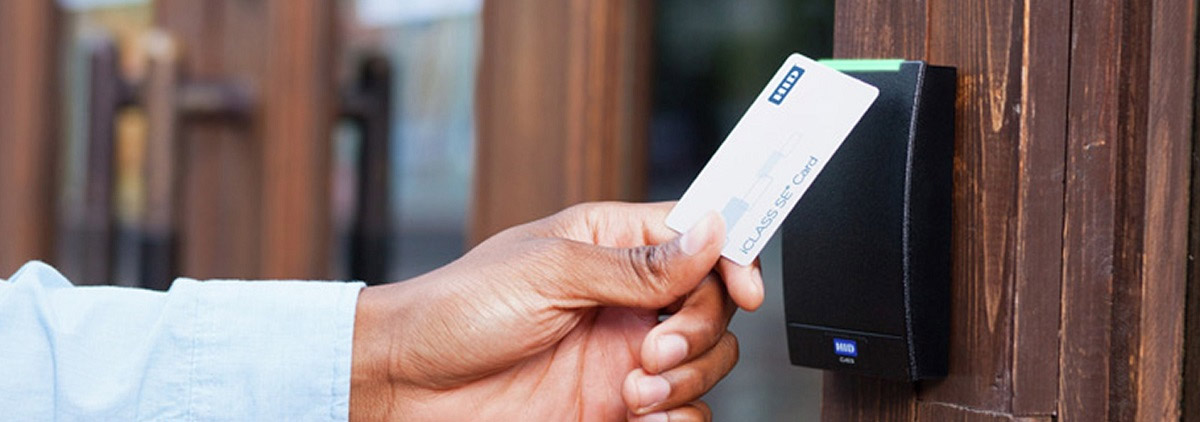
A smart card is fundamentally an advanced contactless access card with better frequency, speed, and storage compared to a proximity card. Made from metal and plastic, it offers incredible capabilities in terms of versatility, technology, and applications.
Along with access control systems, professionals use smart cards for telecommunication, digital payments, e-commerce, network security, and a lot more. This is possible due to its rewritable memory, storage, and high-frequency operational speed.
How Does it Work?
Smart card comes embedded with a microchip and a rewritable memory. Both assist and enable the card for authentication and storing values. It is also possible to integrate a smart card with high-end technologies and increase its application horizon.
In access control systems, smart card utilizes the same proximity card radio frequency technology but with a high frequency (13.56 MHz), speed and security. Personalization is also possible in the case of smart cards.
Meaning a unique personal ID and password can be generated, so the user can access confined buildings. This is possible because of the authentication and encryption capabilities of a smart card.
The Key Differences
Let’s compare smart and proximity cards on different parameters to know more about them in-depth.
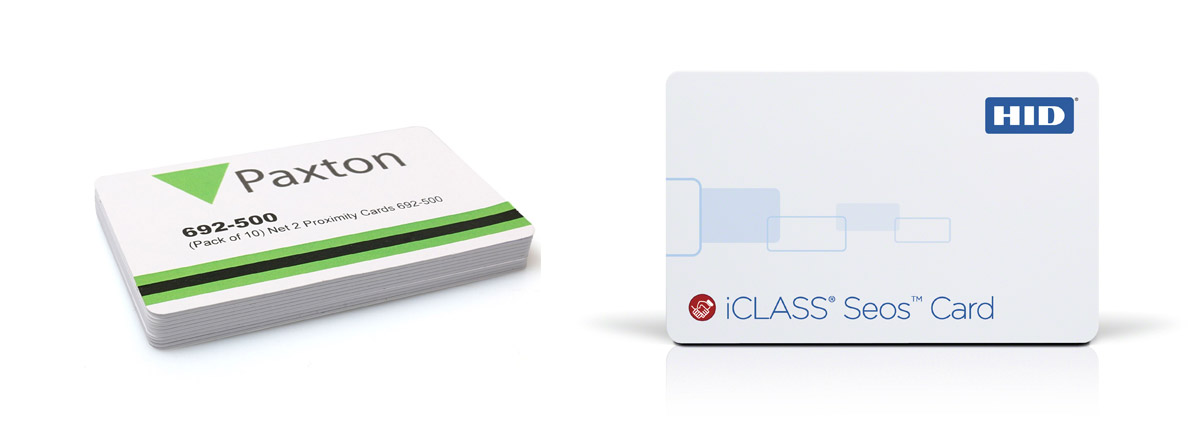
Overview
Coming back to the basics, Prox cards are made exclusively to store a number that can be transferred to the reader for verification and provide you access.
On the other hand, a smart card can do more than that, it can help in authentication, storing values, and personal information. lately and saves the essential time of the people working in the facilities.
Memory
Prox cards have limited, non-rewritable memory and communicate at a frequency of 125 kHz. On the other side, smart cards have rewritable, large memory with a communication frequency of 13.6 MHz.
Security
Proximity cards don’t hold a strong reputation among security professionals because of certain flaws and vulnerabilities. As you may know, proximity cards transfer the data (ID number) when they are near the electromagnetic field of the card reader. Hackers and thieves can bypass and steal the data (ID number) by creating an even stronger electromagnetic field.
Smart cards protect this type of attack with the help of authentication and encryption. Before sending the data, a smart card will first establish trust with the reader and then transfer the data in an encrypted form. This is the reason why industries have been switching to smart cards over the last five years.
Interoperability
“When it comes to interoperability, smart cards are versatile and can be used in a wide range of other applications. This is possible due to their intrinsic security and portability.
As we discussed before, the data stored on the smart card can be changed accordingly and used to serve a wide range of applications. This is not a possibility in proximity cards, they can store only limited data and not at all interoperable.
Cost
Due to extra space, encryption-based security, fast speed, and superb interoperability smart cards cost more than proximity cards. The pricing can increase further depending on your personalized security needs. Proximity cards are budget-friendly and offer a basic level of security to your access control systems. They are durable and don’t need to be replaced often.
Understanding Types
Now after understanding the key differences between proximity and smart cards.
Let’s explore the different types of proximity and smart cards. This will ultimately help you in making a better buying decision depending on your security needs.
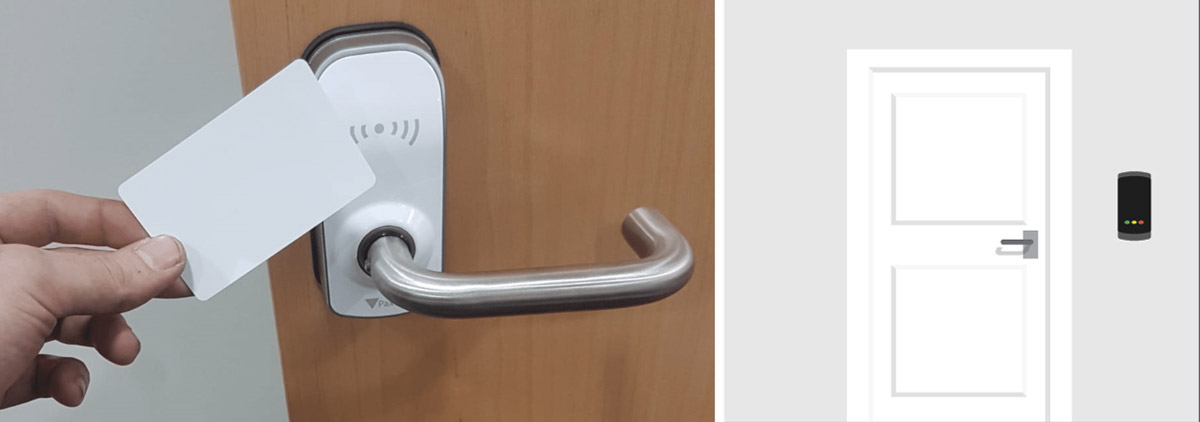
Types of Proximity Cards
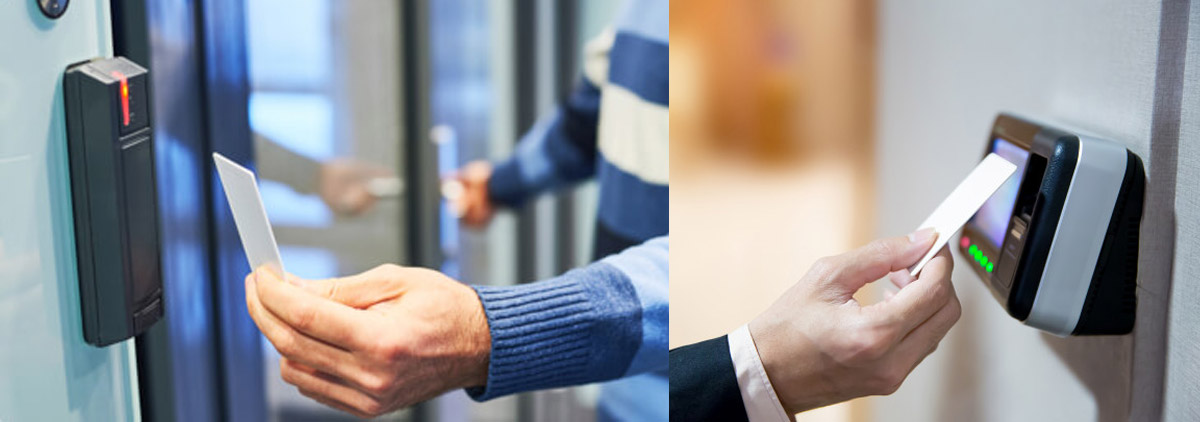
Standard Prox Cards
Made from thin PVC plastic, standard prox cards are compact. They are budget-friendly and basic security solutions for your access control system.
Composite Prox Cards
Composite prox cards are more durable than standard proximity cards. They are made from a blend of PVC and polyester (in 2:3 ratio) and can withstand higher temperatures easily.
Clamshell Prox Cards
Clamshell prox cards showcase a different look than standard and composite prox cards. They are thicker and popular in corporate facilities.
Magnetic Stripe Prox Cards
These cards come along with a magnetic stripe to store additional data and serve dual purposes and benefits.
For example, if you are a student, you can use a magnetic stripe prox card for accessing your college facilities as well as check out at cafeterias and libraries.
Other Types
The other types of prox cards come in an even more compact size and form. Examples include key fobs and adhesive tags, these ideally fit in keyrings and can be stuck at the back of employee ID card, wallet, or phone.
Types of Smart Cards
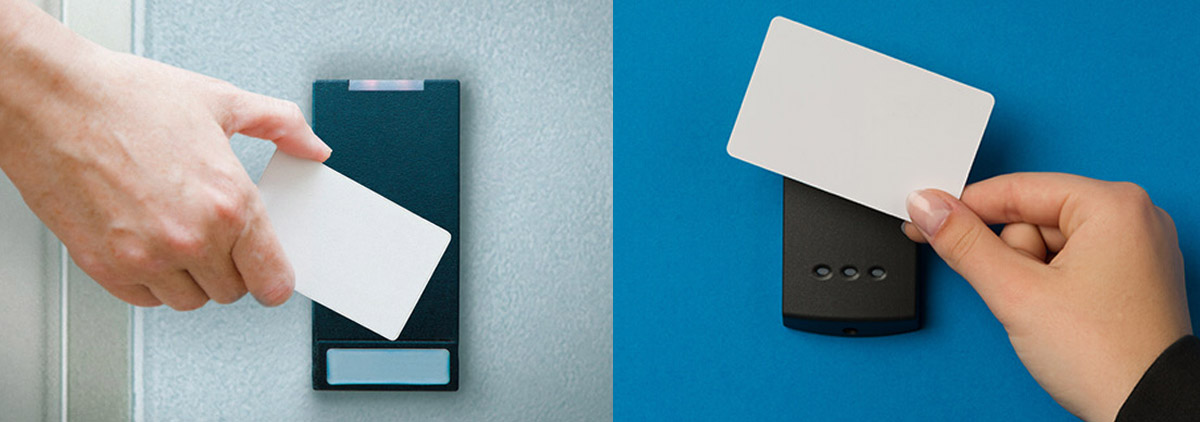
iClass Cards
Innovators made iCLASS cards in 2002 to improve the convenience and capabilities of prox cards. They offer better security, rewritable memory, and storage with a range of 2k – 32k bits.
These types of smart cards are further classified in iClass, iClass Seos, and iClass SE depending on the functions, interoperability, and functions.
MIFARE Cards
MIFARE cards find early days of application in handling payment transactions for public transportation systems in Europe. Later on, people started utilizing them in access control systems.
These cards are durable and offer incredible functions like identification, authentication, and encryption. MIFARE cards are further classified into MIFARE Classic, MIFARE DESFire, MIFARE Ultralight, and MIFARE Plus.
Which Type of Access Card is Better?
There’s no denying the fact that smart cards overrule prox cards any day in every possible domain. Be it data storage, communication speed, and interoperability.
But they come at a higher price and perfect for advanced security needs. If you have basic security requirements, it is a good idea to proceed with proximity cards. However, if you work in an industry where privacy and data security are a priority, we recommend smart cards.
Where to Buy Proximity or Smart Cards?
Let Stebilex Systems Help You.
We hope by now you must have learned about the key differences between proximity and smart cards. Stebilex Systems is a pioneer distributor of access control systems in the UAE & Qatar. Contact us today and our product experts will help you find the right products to meet your security needs and make better buying decisions.
Do you need help with your Access Control or Biometrics projects?
Let experts at Stebilex help you today.


